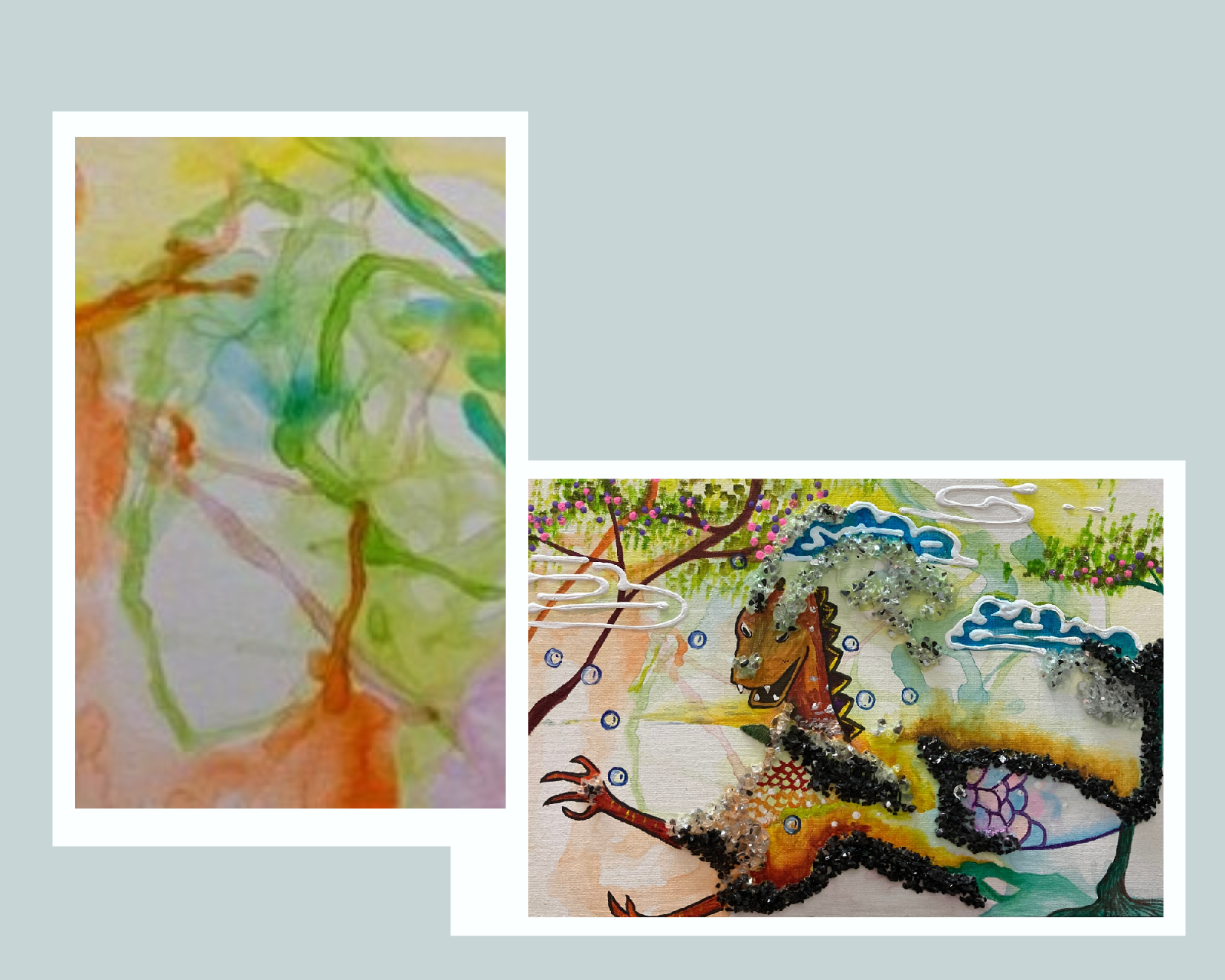The Power of Being with the clients: Therapist's perspective
💯 Inspiring Art Therapy Moments: Personal Stories
The Power of Being with the clients: Therapist's perspective
The struggle was real when you had clients who are quiet and not responding to any art-making. I recalled the first time I met a young client of mine who refused to do anything and only wanted to stand near the door. She had a bad childhood trauma and was constantly anxious about being around people. Drawing is her favourite activity. For her to reject drawing in the classroom suggested her discomfort. I had to reassure and validate her feelings and allow her to get comfortable with the room and the centre. I realised that my over-talking may also add to her anxiety, hence I decided to stay silent after informing her that I was going to draw a little and show her after I completed it. I then invited her to join me when she was ready. I felt relieved when she nodded her head upon understanding my invitation. I noticed that throughout my art-making, she never once had her eyes left the art materials.
It took her at least 30 minutes to join me in drawing and colouring. We both sat in silence and completed our drawings during our first meeting.
In the next session, similarly, she refused to enter the classroom and when she did, she only stood near the door. Slightly better than the previous session, she took 10 mins to inform me that she was uncomfortable with the noises in the centre. I asked her if she wanted to walk around the centre and see if there is a room that she prefers. She nodded and we walked out of the room. She decided on a room she liked. Still a little anxious to start her art-making, I reassured her that it was alright. I could start first and she joined me later. I took some colours and began to scribble. I asked her if that was the colour of her anxiety. She expressed that dark grey is not the colour of anxiety and it was rather transparent. Her voice was so soft when she spoke. She selected a lighter grey to represent. I helped her to put the colour down on the paper and ask her to tear them into small pieces. I explained to her that we were going to put away that feeling into a bin to help her feel slightly better in the session. The act of tearing and throwing away indeed alleviated her anxiety as she subsequently shared that she wanted to draw. She walked towards a bookshelf and took a book about Donald Duck. She then requested me to help her draw it and she coloured it.
In the following session, she was much better. She was engaged in her art-making. We created a collage of a book. We put images of her previous drawings into the book (figure 1). For the first time, I heard her loud and clear that she wanted to return to the art therapy session to create a life-size Donald Duck.
Working with her reminded me of the therapeutic processes in art therapy, which thereafter reduced her anxiety, developed her choice-making and initiated the expression of her interest in art-making. I found that being with the clients (i.e., working on the art side by side), allowing silence to occur, and trusting the creative process allowed her to experience these therapeutic changes.




Comments
Post a Comment